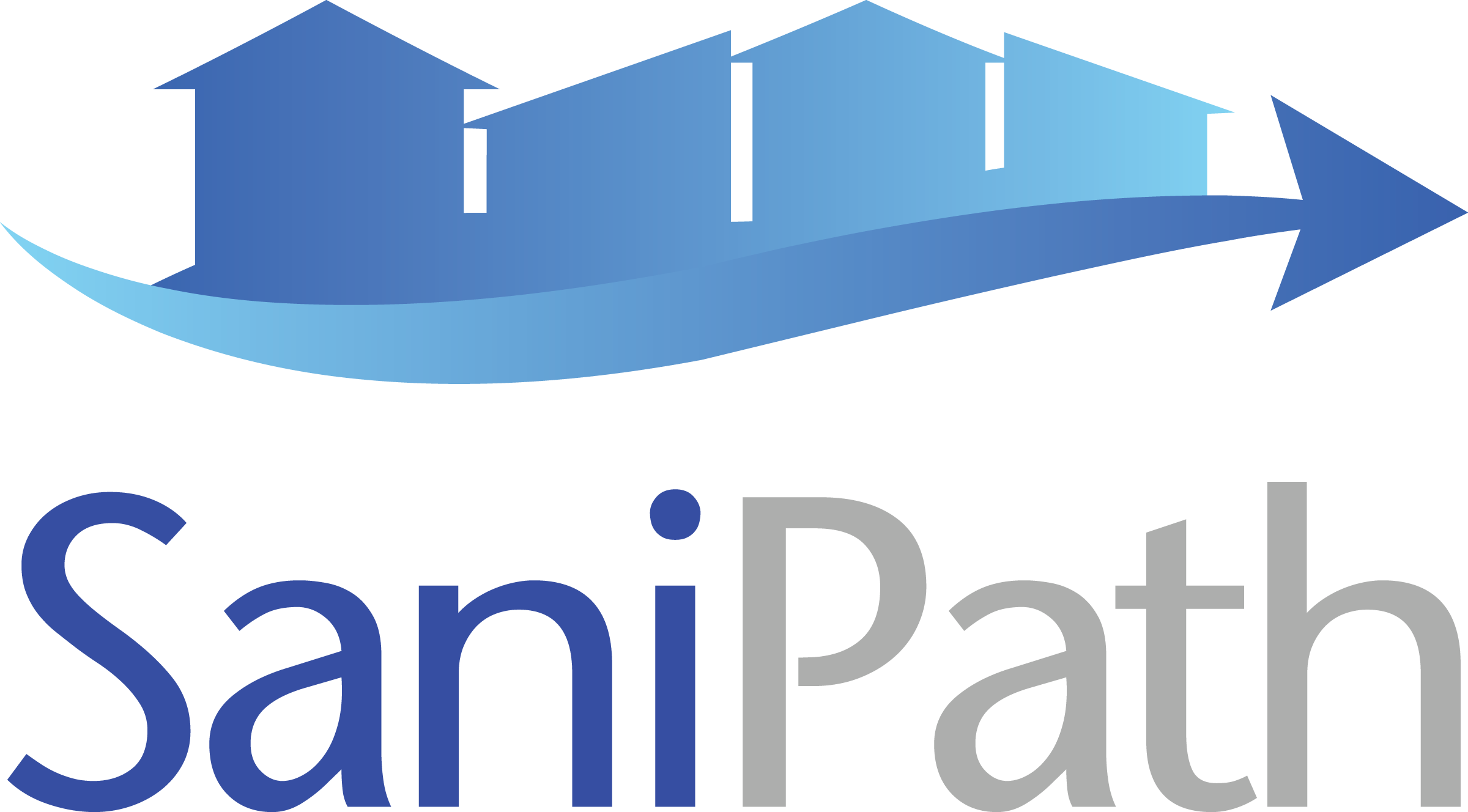2019 Ghana National Sanitation Stakeholders Forum
Benedict Tuffuor, Ato Kwamena Senayah, and Joshua Tetteh-Nortey, partners at TREND Ghana and Kumasi Metropolitan Assembly, presented at the Ghana National Sanitation Stakeholders Forum on July 17th, 2019. Benedict presented on the establishment of TREND as a SaniPath Training Hub and the recent work they have conducted alongside metropolitan assemblies. Ato and Joshua provided a presentation on the use of data in sanitation intervention planning and decision making. Data from the 2018 SaniPath Exposure Assessment in Kumasi, Ghana were used to call attention to potential areas for intervention to improve public health by reducing exposure to fecal contamination. These presentations highlighted the capacity building activities of TREND pertaining to behavioral, environmental, and laboratory work involved in conducting exposure assessment data collection and the potential impact of results provided by this type of work. TREND is continuing in their role as a SaniPath Training Hub by disseminating results and sharing the experience of partner organizations to create demand within other municipal assemblies.
Access Training Hub Presentation Here
Access Data in Decision Making Presentation Here




